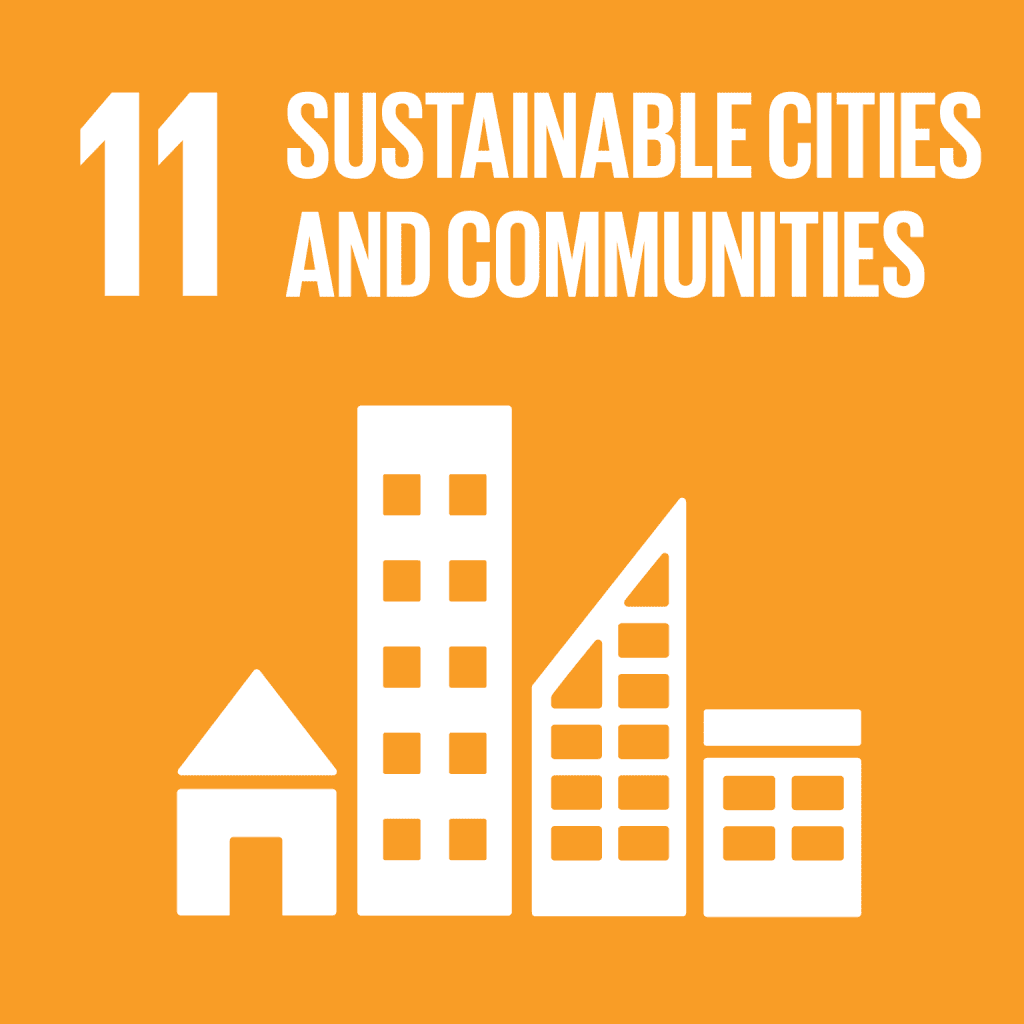The results for the 2023-2024 Student Travel Survey are in! The key findings show the importance of car travel to students, along with parking and fuel costs. Hosted by Katy Boom, edited by Rosie Bramwell.

The key findings from the data are:
- Mode of Travel to Campus. The majority of students travel to campus by car alone, with a few opting for other modes such as train, bus, bicycle, or walking.
- Parking Permit. Most students who travel by car have a parking permit; however, some do not.
- Frequency of Travel to Campus. Students typically travel to campus 2 to 5 days a week.
- Travel Patterns. Some students use different modes of travel on different days, with car being the most common mode, followed by walking and occasionally using a bicycle or bus.
- Distance and Time to Campus. The one-way journey from the term-time address to the University is typically between 2-20 miles, and takes 16-90 minutes.
- Feasibility of Public Transport. A significant number of students find it unfeasible to travel from their term-time address to the University by public transport or by foot/bicycle.
- Encouragement for Sustainable Travel. Cheaper public transport tickets, more frequent/reliable public transport, and safer footpaths/cycle routes are the most common changes that would encourage students to travel to the University more sustainably.
- Knowledge about Travel Schemes. Most students have heard of the Woo Bike Share Scheme and Bus Route 31, but many are unaware of the First Bus Commuter Travel Club.
- Impact of Travel Cost on Attendance. The cost of travel occasionally impacts attendance at in-person taught sessions for some students, whilst others are not affected at all.
- Support for Commuting Students. Free parking/parking permits and travel bursaries for fuel costs are the most beneficial measures if the University were to introduce support for commuting students.
- Air Quality and Travel Route. Some students travel along road sections where Worcester air quality often exceeds recommended levels.
- Engine Fuel Type. Most students who use a car, van, motorbike, or moped to travel to the University have vehicles with a small or medium petrol engine.
- Factors Influencing Decision to Travel by Car. Time-saving/convenience, cost savings, and distance from home being too far to walk/cycle are the most important factors in the decision to travel by car, van, motorbike, or moped to the University.
- Parking Location. Most students who travel by car, van, motorbike, or moped usually park on campus in a long-stay car park.
- Car Sharing. While car sharing is not common among students; however, some would consider it.
- Travel Between Campuses. Students who need to travel between campuses typically do so by car.
- Term Time Address and Home Address. Most students’ term time address is the same as their home address.
- Travel Between Home and Term Time Address. Students who have a different home and term time address typically travel between them by car or train, with the distance being between 10-200 miles and the frequency ranging from weekly to a few times a year.
Read about the key findings for the Staff Travel Survey from 2023-2024 here!
